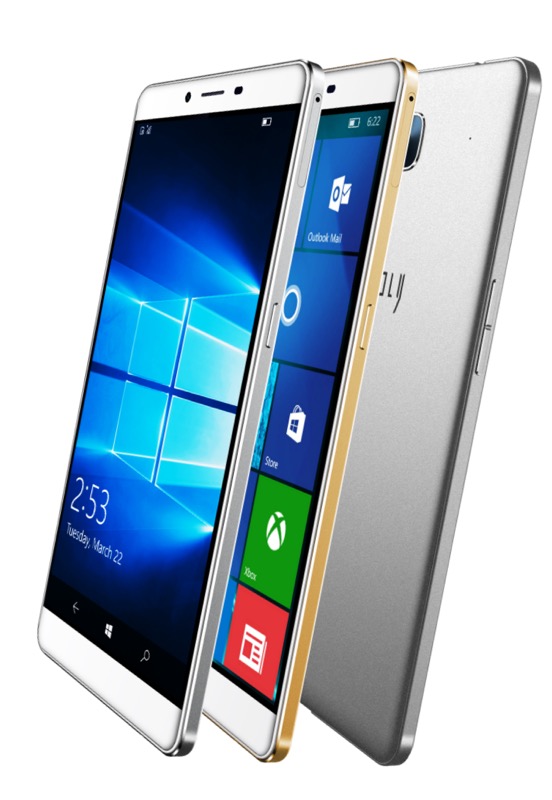This was discussed a little in comments on a previous story, but I thought it warranted a full editorial. For all the times we talk up that Windows 10 Mobile is part of the wider and huge 'Windows 10 ecosystem', it's ending up more as a token part, a proof of concept, if you will. Yes, there are hundreds of thousands of mostly happy Lumia 950/XL/650 owners across the world, plus another million or so owners of older handsets (think Lumia 735, 830, 930) who have done the opt-in Windows 10 Mobile upgrade. But even this number is small compared to the tens of millions still using 'old' Windows Phone 8.1, even in 2016, through sheer inertia and lack of awareness by users. And it's tiny compared to the numbers of Android and iOS users across the world, each of which is now into the billions.
So we're not kidding ourselves here. But there should be room for the number of people using Windows 10 Mobile to grow - there's the lure of UWP apps that work just as on the Windows 10 desktop, after all. But Microsoft has seemingly retrenched from making significant quantities of hardware, selling or closing down factories and making (I'd have thought) crucial redundancies - it's a far cry from the profligacy of phone models that Nokia used to exude.
The plan, presumably, is for lots of Microsoft partner companies to take up the slack (after all, it's free to license Windows 10 Mobile) and produce a wide variety of hardware across the world. In large enough numbers and in high enough quality, so Microsoft doesn't have to. But I don't believe this is happening - it turns out that it's harder to design, build, sell and support a smartphone than most companies would have thought. Nokia used to be a master of all of this, of course. It's one reason why Microsoft bought it, especially at the fire-sale price. Sadly, most of the intelligence and infrastructure has now been lost.
Yet partners and licensees across the world aren't really taking up the slack at all. I went through most of the current contenders here in some detail - it's a lacklustre line-up if I'm honest, with either ultra-low-end or niche hardware, or perhaps a 'Windows' version of an existing Android handset with trivial modifications and next to no optimisation. And half the handsets are still not available to buy and even then only in certain markets. Even the brand new HP Elite X3 is so far showing a distinct lack of TLC.
![]()
In part it's Microsoft's fault, of course - the operating system itself hasn't been bug free and quite a few crucial APIs have been missing in action until the current Anniversary Update (which is still rolling out - I did say that it wouldn't auto-magically happen on August 2nd as many claimed), not least support for niceties like fingerprint scanner support. In fact, it's also Microsoft's fault for axing so much of their own inherited hardware infrastructure before its partners had proved their mettle*. I do appreciate that with Nokia-like domination of the ecosystem then there wouldn't be much oxygen left in the room for partners, but surely we've now swung too far the other way?
* It's reminiscent of the situation when Nokia went all-in on Windows Phone in 2011, putting the kibosh on its existing Symbian ecosystem almost a year before it had any hardware of its own on the platform, with the resulting large hole in its sales dramatically speeding up Nokia's decline.

What can Microsoft do at this point then, at least on the hardware front? Make sure that the Lumia 950 and 950 XL (and the 650) stay in production at the very least. Stop closing factories! And accelerate plans for the mythical Surface Phone - yes, we know that it's not due until Spring 2017, but if the hardware's anywhere near complete then 'do an HP' and announce it next month for 'late November' availability and ship it with the Anniversary Update and the promise that 'Redstone 2' will follow in due course.
Comments welcome - can Microsoft still pull a rabbit out of the hat?

